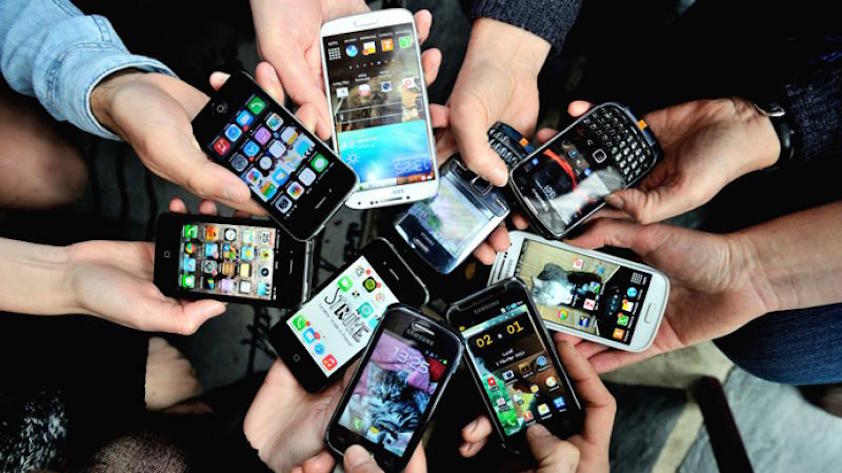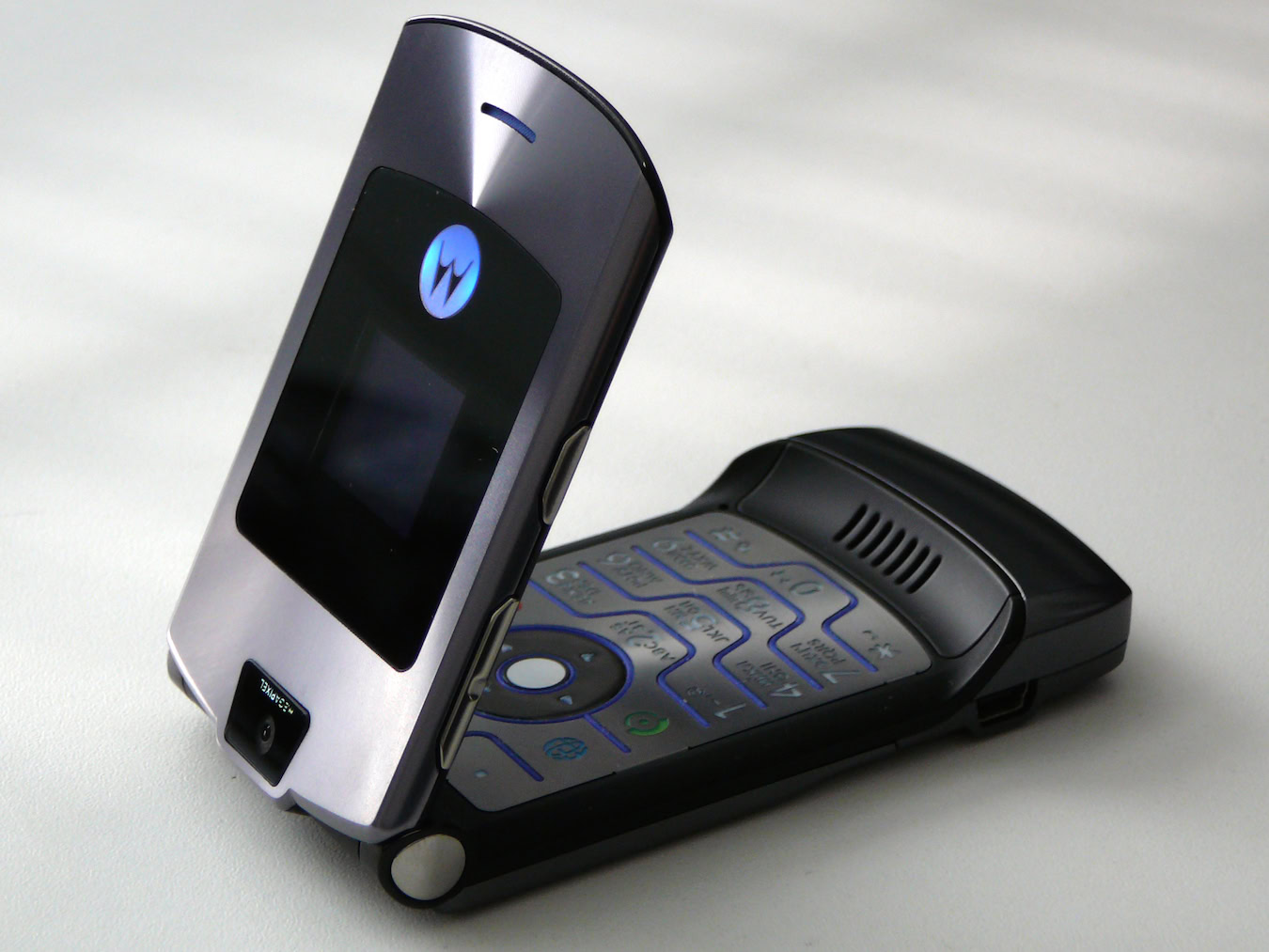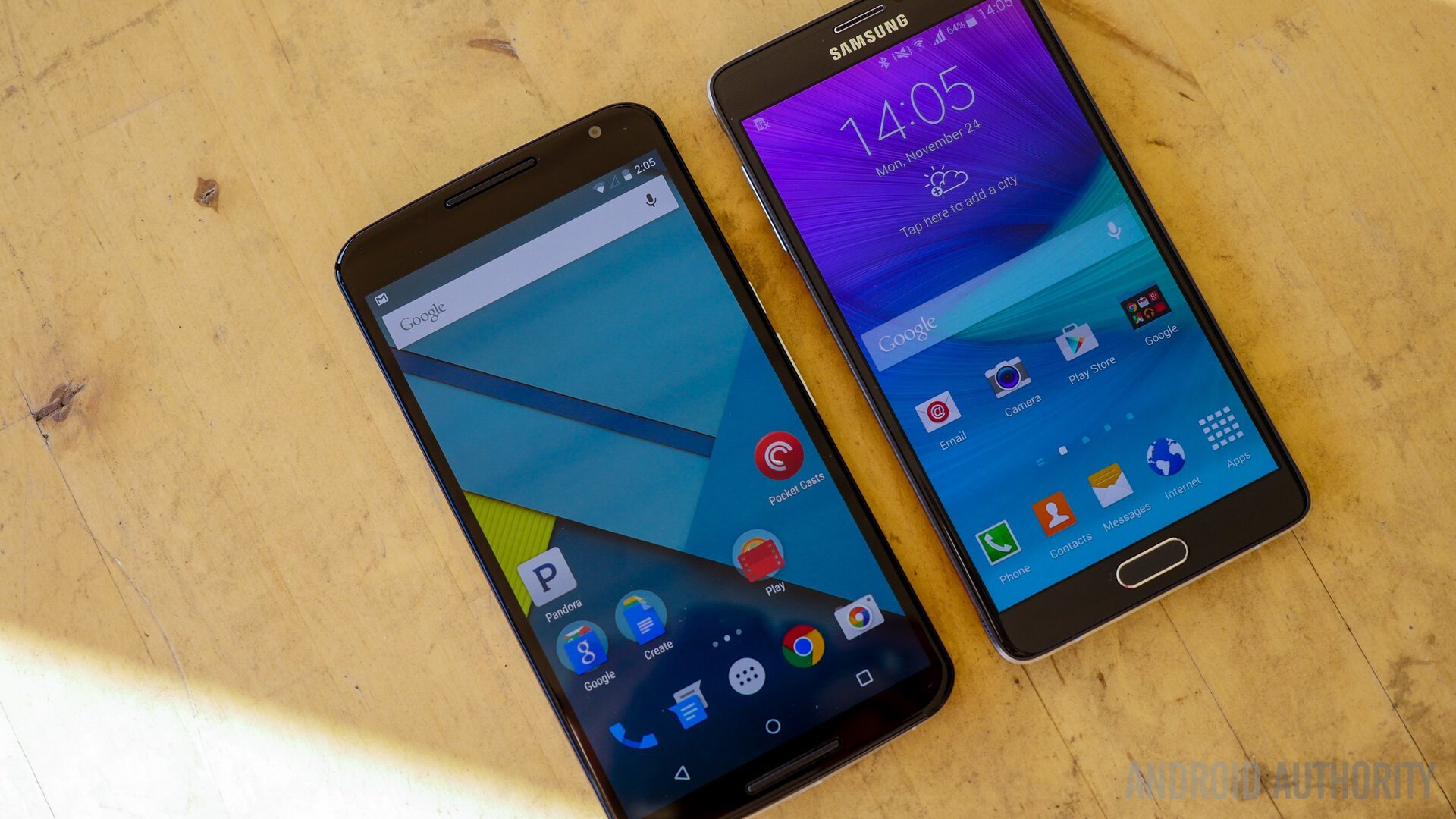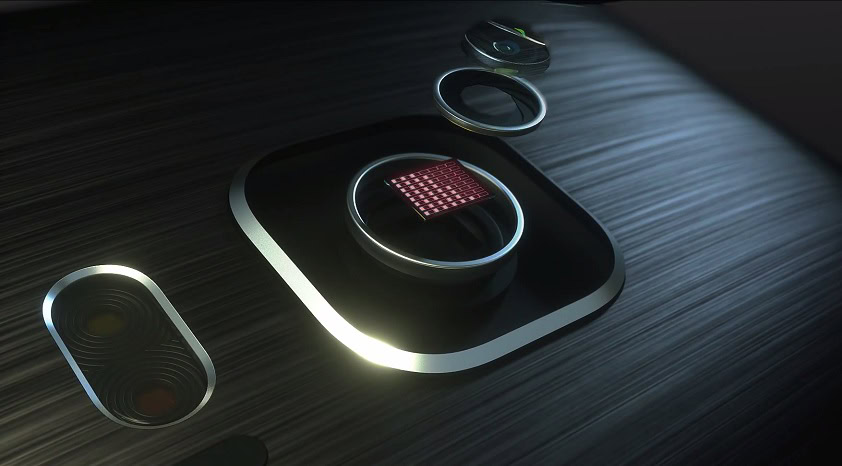Affiliate links on Android Authority may earn us a commission. Learn more.
10 most iconic mobile phones of all time

Ask people what their favourite phone of all time is and chances are you’ll get a wide variety of answers, with a select few being chosen by many people. Everyone has a particular device they remember, but what devices have defined mobile phones as we know them?
The word iconic has been branded to a lot of different devices and innovations but is there a particular device that has withstood the test of time to remain as iconic as the day it was first released? Here’s 10 phones (some of which you probably know of) that have defined the mobile industry as we know it.
1. Nokia 3310
When it comes to mobile phones, very few are as iconic as the Nokia 3310. Simply put – you either had one, or you know someone who had one. In fact, you probably had one – just about everyone had either the Nokia 3310 or its predecessor, the Nokia 3210. These were the phones that made Nokia the mobile phone king.
The handsets brought Nokia’s XpressOn Covers and the iconic game, Snake (as we know it, with the image of a snake) and permanently changed what we considered to be a mobile phone. Built like a brick with a battery life that people crave today, the Nokia 3310 was the first mobile phone to radicalise an entire industry.

2. Motorola RAZR V3
Where the 3310 made Nokia, the RAZR V3 made Motorola. Before the V3, the concept of a slim phone was alien and even the 3210 and 3310 were bricks compared to this ultra-slim metal-clad mobile device.
The design proved so popular that Motorola continued using it for years and not only was it ultra-slim, but it proved that flip phones could be cool. It forced Motorola’s rivals to reconsider what could be possible with mobile design and brought about an era of manufacturers attempting to make sexy smartphones.
3. Nokia N95
There’s a pattern here and for good reason; Nokia, Motorola and RIM (now known as BlackBerry) were the undisputed kings of the mobile phone industry. The smartphone industry is an entirely different kettle of fish, as you’ll see below, but the Nokia N95 began defining what it meant to be a flagship smartphone.
Nokia’s N95 takes its place on this list for one reason and one reason alone; it heralded a fiercely contested battle (that still rages today) about mobile cameras and gave birth to an entire market devoted to cameras for mobile devices. Add in the cool design, powerful (for its time) OS and tons of neat tricks, the N95 was another device that sold in the tens of millions and is iconic for so many people.
CyberNetNews4. Apple iPhone 3G
Let’s be completely fair – it wouldn’t be an iconic phones list without the iPhone. However, unlike other lists, we’re not talking about the original Apple iPhone here. In my personal opinion, the iPhone 3G deserves the plaudits, as it fixed a few basic bits of functionality that were missing from the original iPhone and added a feature that defines smartphones: the App Store.
The rest... is history
Before the App Store, the concept of applications was a myth to most but within six months, it was legendary. When the App Store launched in July 2008, it offered 552 apps but this had swelled to 15,000 apps by January 2009 (when the App Store hit its 1 billionth app download). In September, there were 85,000 apps from 12,500 developers and the App Store had hit 2 billion downloads. The rest, as they say, is history.
The first iPhone also introduced the concept of a touch-friendly OS, unlike RIM and Nokia who had attempted to make non-touch platforms friendly for the new trend of touchscreens. Indeed, Google had been planning a BlackBerry-like platform for its devices but went back to the drawing board after it saw the iPhone; Android was born and it set off down the path towards world domination.
5. T-Mobile G1
To combat the new incumbent iOS, the Open Handset Alliance (with Google as its leader) debuted the Android-powered T-Mobile G1, made by Taiwanese manufacturer HTC. The first real Android handset, the G1 was the first step in the rise of Android, with the platform now firmly dominating the smartphone market.
The G1 was iconic not just for being the first Android handset but because it aimed to also cater for those who may not be ready to give up the keyboard. The unique slide-out keyboard was a concept that faded with time – although some manufacturers are aiming to bring it back through unique accessories – but Android certainly hasn’t and shows no signs of abating for years to come.
Mashable6. Samsung Galaxy Note
We said there was a trend and there certainly is; the first iPhone saw incumbent heavyweights such as Nokia and Motorola replaced mainly by new challengers from Asia. We’ve already had HTC front the Android movement and while the G1 was iconic, the impact of the Samsung Galaxy Note is still felt today.

The Galaxy Note is iconic for one main reason; it invented the phablet industry. The current trend in the market is for big screen devices but before the Galaxy Note, a 5.5-inch display would have been ridiculed. The Galaxy Note showed that it was possible, it was what customers wanted and out of nowhere, Samsung began on its own journey towards domination.
7. Samsung Galaxy S II
From the big-screen Galaxy Note to the Galaxy S II, and the smartphone that many believe made Samsung the behemoth it is today. Before the Galaxy S II, we had the HTC Desire which was an excellent device but the Galaxy S II was slim, powerful and resembled the iPhone better than anything before it.
The Galaxy S II was soon followed by a spate of new devices from Samsung, with each attempting to be more powerful and with more features than the one before it. The Galaxy S III sold in the millions, the Galaxy S4 even more and after a flop with the Galaxy S5, this year’s Galaxy S6 attempts to continue the trend.
8. Motorola Moto G
Where Samsung set about revolutionising the flagship market, Motorola looked at the low-end and the company’s next big innovation after the RAZR V3 took the market by storm. Simply put, the Moto G redefined what was possible from an entry-level smartphone.
The excellent design, the removable covers and the close to stock Android platform, which delivered a superfast platform, were all refreshing at a time when manufacturers were loading devices – both flagship and entry-level – with bloatware, resulting in poor performance. Since the Moto G, we’ve seen the lower mid-range market become as fiercely contested as the flagship market is and it shows no signs of abating with competition from everyone higher than ever before.
Chinese manufacturer Xiaomi has made it a mission to dominate this market and its new Redmi Note 2 does this, by offering flagship specs with a $140 price tag. No wonder Xiaomi sold 800,000 handsets in just 12 hours, setting a new Chinese record.
9. Samsung Galaxy Note 4
Putting this handset on this list was interesting as it is rather subjective but it made it on the list for one very big reason; as discussed in our podcast a couple of weeks ago, Josh and I both agreed that the Galaxy Note 4 camera rocks! There is a lot to like about Samsung’s phablet flagship last year and while the bloatware and performance left a lot to be desired, the camera was the first time that mainstream Android smartphone cameras were truly unflappable.

The Galaxy Note 4 camera is particularly impressive as Samsung finally adopted Optical Image Stabilisation in its smartphone cameras and in doing so, righted everything that was wrong with the Galaxy Note 3 camera. Even now – almost a year later when the Galaxy Note 5 has already been announced – the Galaxy Note 4 camera continues to perform brilliantly.
10. Samsung Galaxy S6 Edge
Samsung has dominated the later parts of this list for one main reason; it came from nowhere to become the world’s largest smartphone and mobile phone manufacturer. It emulated sunken behemoth Nokia to capture the two coveted crowns and it was largely thanks to the Android-powered Galaxy line.
[related_videos align=”right” type=”custom” videos=”634296,593589,570073,535686″]The last eighteen months however, has been extremely difficult for the Korean manufacturer and after the failures of the Galaxy S5, this year’s Galaxy S6 and Galaxy S6 Edge bought about one of its most radical smartphone designs yet. In the space of a year, the plastic clad Galaxy S5 was replaced by a premium (in every sense of the word) smartphone that’s unlike any other. Not the Galaxy S6 but the Galaxy S6 Edge.
Last year saw Samsung release the Galaxy Note Edge and while that didn’t take off too well, the dual-curved Galaxy S6 Edge is, without doubt, an iconic device. Why, I hear you ask? Simple: it’s the first time a curved smartphone has become widely available and had Samsung made more, it would probably have sold tens of millions more.
Notable Mentions
Given that hundreds of thousands of different devices have been released over the years, picking the iconic devices list was certainly a challenge. Many devices have come close to the list but the ones that stick in the mind range from early basic devices to some of the most powerful and recognisable modern day devices.
[related_videos title=”Top Phones of 2015:” align=”left” type=”custom” videos=”634294,634226,633089,629713,626236,614646″]The first mention has to go to the Motorola DynaTAC, which was the first phone used to make the world’s first mobile phone call in April 1973. From there, we move to the Nokia 2110, which was released in 1994 and was the first time we heard the iconic Nokia Ringtone, which has gone on to become a cult classic.
Its well documented that Nokia was too slow to respond to the iPhone but when its first big response did come, it managed to sell over 130 million Nokia 5230 handsets. It wasn’t enough however, as the Apple iPhone 4 the following year redefined the iPhone again and reaffirmed Apple’s dominance of the flagship market. It was followed by the iPhone 4S, which introduced Siri, sold better than its predecessor and remains one of the most iconic iPhones of all time.
In response to this, Samsung introduced the Galaxy S II (above, which followed by the Galaxy S III a year later) and 40-50 million of each handset. Since then, we’ve seen the market become ever more saturated and the past twelve months has seen the introduction of devices like the OnePlus One, HUAWEI Ascend Mate 7, LG G4, HTC One M9 and Xperia Z3 Plus as manufacturers aim to dominate once again.
What was YOUR most iconic device of all time?
That’s our list of iconic devices and there were definitely at least 50 other devices that could have made it onto the list. Making a smartphone standout in the here and now is certainly something that many manage to do but very few remain iconic for years and generations to come.
Chances are you’ve had some of the phones on this list (I’ve still got a RAZR V3, N95, Moto G and S6 Edge which all still work); if so, which ones did/do you have and do they still work? What did/do you like most about them? Let us know your views in the comments below and don’t forget to vote for your most iconic device!